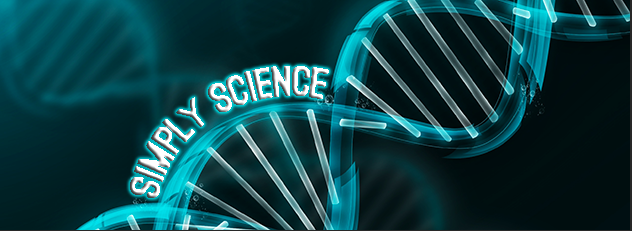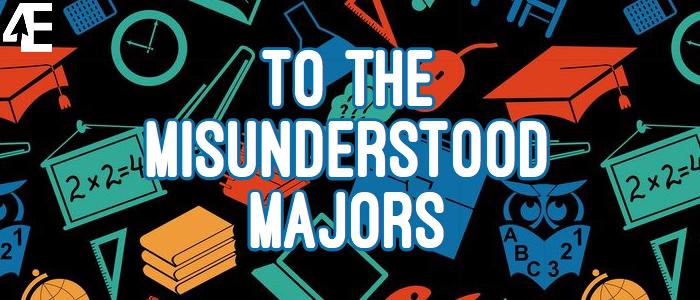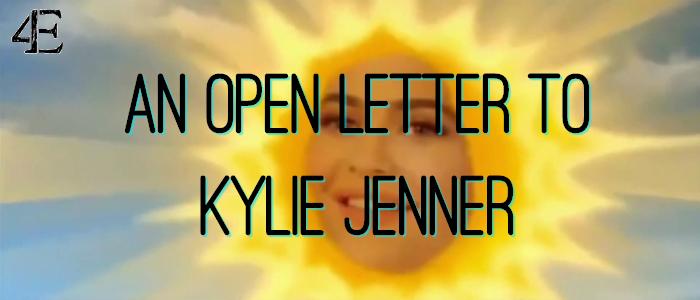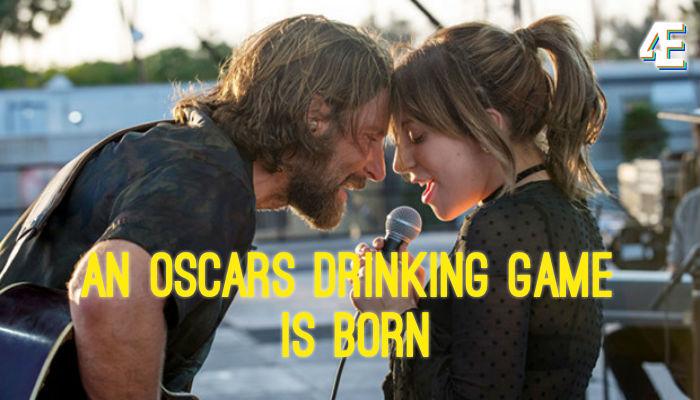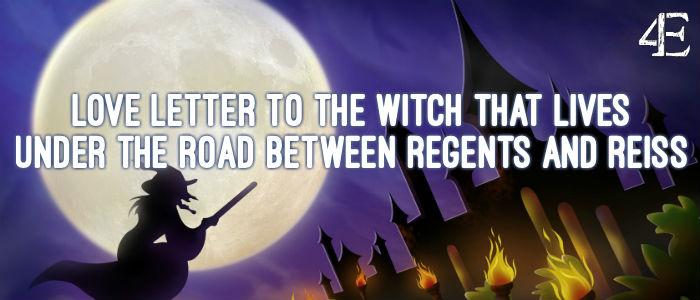Ever get tired of having to lug around that painfully cumbersome flash drive all the time? Do you ever find that your Word documents tend to just fill up your entire terabyte-sized hard drive leaving no room for cat .gifs or unnecessary Photobooth selfies?
Well, you’re in luck.
Every good 7th grade biology student knows that DNA “holds the blueprints for life.” Now, our good friend Deoxyribonucleic Acid (I had to thrown in the full name somewhere, just to sound smart) might be able to hold on to your pirated copy of Zero Dark Thirty, as well your genetic material.
Scientists have developed new methods to synthesize DNA that holds digital information. You’ve heard of the 0’s and 1’s of computer science’s binary coding system (e.g. 0011010001000101); well, think of what A’s, T’s, C’s, and G’s could do. Through nucleotide encoding (combined with the careful positioning and overlapping of the short encoded strands), scientists have created a potentially revolutionary information storage system.
To demonstrate the sheer epicness of these recent developments, scientists encoded an .MP3 of Martin Luther King Jr.’s “I Have a Dream” speech, a .txt file containing all of Shakespeare’s sonnets, a .pdf of Watson and Crick’s original paper on the structure of DNA (clever … clever … ) and, finally, a file containing information on the encoding itself. And when it was all put together, it looked to be the size of a small piece of dust. It was then sent to another research facility where it was successfully decoded.

Let’s break down why this is awesome:
- The coding is designed to be error-resistant. No more broken files!
- Theoretically, we could store at least 100 million hours of high-def video in a single cup of DNA. That is a LOT of episodes of “Entourage.”
- DNA lasts for thousands of years, so no need to worry about expiration.
- DNA’s size substantially optimizes information storage so it’s efficient!
Yeah, it might sound weird in a way. The same double helix that provides the design for your brain can also store the Word document of your unfortunate “Philosophy of the Mind” essay that you wrote at 3 a.m. the day before it was due. But it is a significant (and can I just say awesome once again) advancement nonetheless.
Don’t head on over to Staples just yet to buy yourself a cup of this storage DNA. People are still working on a commercially viable storage model; and even so, I doubt it would be very student-friendly. I’m not sure that they’d let you use your Flex dollars for the necessary advanced bio-analytic instruments.
Photo: PacificGazette.blogspot.com
*Simply Science is a reoccurring post that aims to make recent scientific discoveries accessible and applicable to the Georgetown student.


